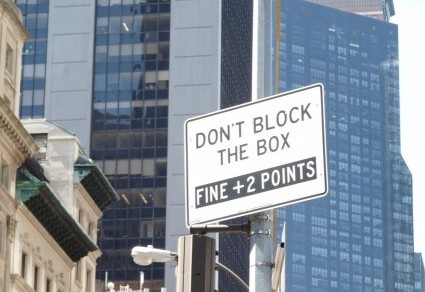The Beatles got “by with a little help” from their friends, and so do I. These signs come from a cadre of alert observers. Presented with thanks, first to Sharon:

How polite to say, “Please do not become alarmed” immediately before asking passengers to “please use the button marked ‘Alarm.'” Nice to know there’s a “telephone ‘if furnished.'” Impossible to decipher, but nice to know.
Now another, courtesy of Jacqueline:

I have never visited that part of the world, but if I ever do, I will be sure to spend “less than tow nights.”
Another, this time from Don:

What’s with the S and its double duty? Labor-saving? Eco-conscious?
Now a menu from another friend via her friend in Madrid, both of whom prefer not to be named:

This one is a little hard to read (in more ways than one!) so I’ll type the most important line: “Salad with all it must have.” That’s how I always prepare salad. Don’t you?
One more, from my friend Marlene: an ad on Craigslist for a “2 year old Teacher on Long Island (Deer Park).” I don’t have an image for this one, but I’ll let you make your own, complete with a toddler, her grade book, and a bunch of chalk. I wonder whether the school offers free diapers to its faculty? Time-outs for tantrums? Bibs?
















 As far as I’m concerned, BOGO all you want. I once thought that the concept of “buy one get one” was an unnecessary statement of the standard deal between buyer and seller. But now I see that most BOGO-users are too busy surfing social media to add an “F,” for “free.” Or maybe they think that BOGOF sounds like a mediocre brand of caviar. I commend this sign-writer for specifying the terms of the deal, spelling out “buy one get one” for “50% Off,” though strictly speaking the sign should read “BOGAOF50%O” (buy one get another one for 50% off). I concede that such a sign resembles the kind of password people concoct and promptly forget. I will, however, raise an objection to “tight.” I prefer to cover both legs with “tights,” not just one with a “FREE tight.” And $75 is a little steep, don’t you think?
As far as I’m concerned, BOGO all you want. I once thought that the concept of “buy one get one” was an unnecessary statement of the standard deal between buyer and seller. But now I see that most BOGO-users are too busy surfing social media to add an “F,” for “free.” Or maybe they think that BOGOF sounds like a mediocre brand of caviar. I commend this sign-writer for specifying the terms of the deal, spelling out “buy one get one” for “50% Off,” though strictly speaking the sign should read “BOGAOF50%O” (buy one get another one for 50% off). I concede that such a sign resembles the kind of password people concoct and promptly forget. I will, however, raise an objection to “tight.” I prefer to cover both legs with “tights,” not just one with a “FREE tight.” And $75 is a little steep, don’t you think?










